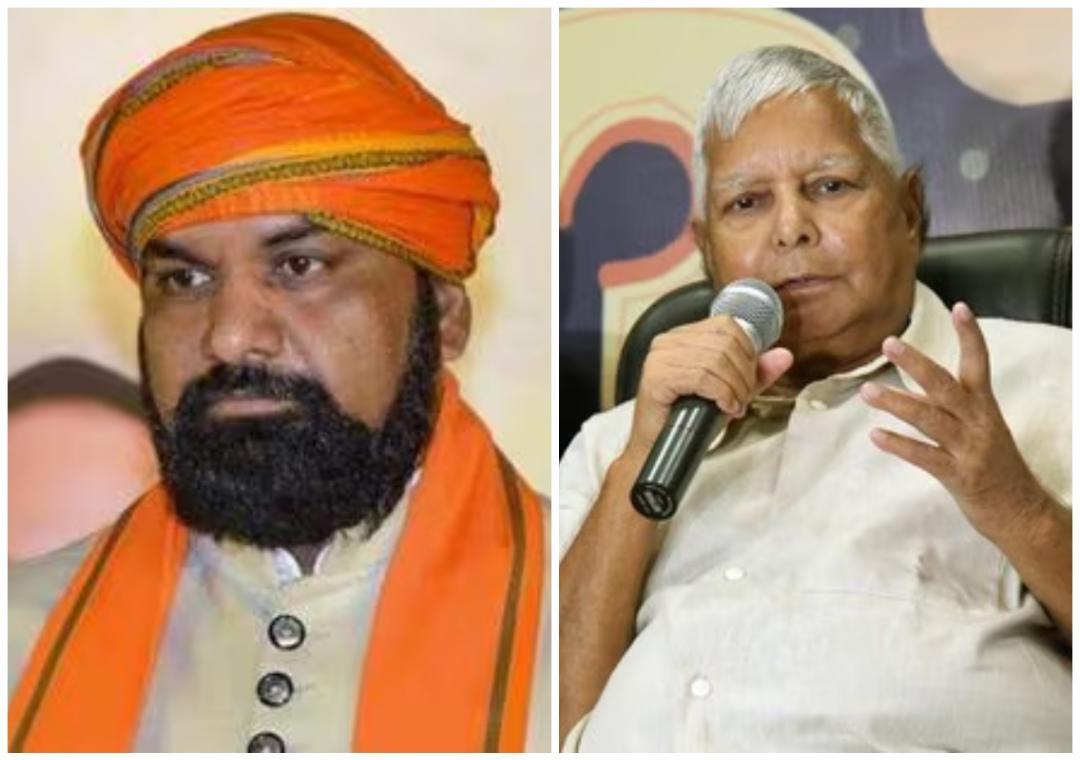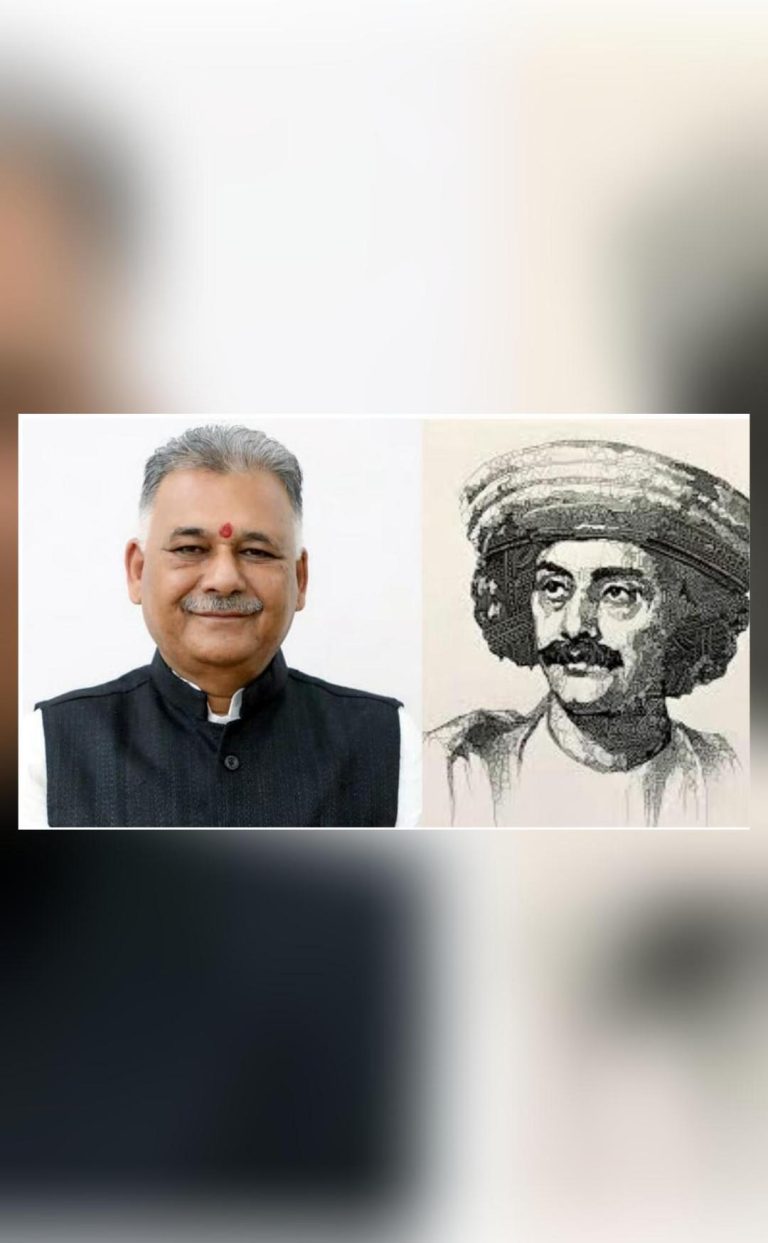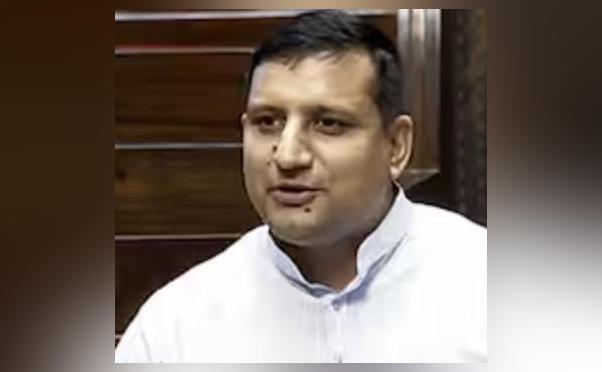
Lalu is the ‘Gabbar’ of Bihar, he scares everyone: Bihar Dy CM
The forthcoming assembly elections in Bihar have sparked a heated political debate, with several leaders making bold statements that are not only attention-grabbing but also indicative of the intense competition. In a recent statement, Bihar Deputy Chief Minister Samrat Choudhary has sparked a controversy by comparing RJD chief Lalu Prasad Yadav to the infamous villain Gabbar Singh from the Bollywood classic Sholay. According to Choudhary, Lalu Prasad Yadav, who is a prominent political leader in Bihar, has been responsible for driving away a significant section of the population from the state due to his fear factor.
Choudhary’s statement, which has been making headlines in the local media, has been met with a mix of reactions from political leaders and analysts. While some have praised Choudhary for his courage in speaking the truth, others have criticized him for using divisive rhetoric to gain political mileage. But what is undeniable is that Choudhary’s statement has brought the spotlight back on Lalu Prasad Yadav, who has been a dominant force in Bihar politics for decades.
According to Choudhary, Lalu Prasad Yadav’s fear factor has been responsible for driving away a staggering 1.25 crore people from the state. “He is the ‘Gabbar’ of Bihar…be it any community, upper or backward class, one person who scared everyone was Yadav. But now we need to change this,” Choudhary said in an interview. The statement is a clear indication that the BJP-led government in Bihar is looking to capitalize on Lalu Prasad Yadav’s controversial image to gain an edge over its opponents in the upcoming elections.
But what is the truth behind Choudhary’s statement? Is Lalu Prasad Yadav really responsible for driving away a significant section of the population from Bihar, or is this just a political gimmick to gain attention? To answer these questions, it is essential to understand the context in which Choudhary made his statement.
Lalu Prasad Yadav, who is a veteran politician from Bihar, has been in and out of power in the state several times. He has been the Chief Minister of Bihar twice, and has also served as the Union Railway Minister. During his tenure as the Chief Minister, Lalu Prasad Yadav was known for his populist policies, which were aimed at benefiting the backward classes and the poor. However, his governance style was also criticized for being authoritarian and corrupt.
One of the key reasons why Lalu Prasad Yadav is seen as a divisive figure in Bihar is his ability to polarize society along caste lines. He has been accused of using communal rhetoric to woo voters from the backward classes, which has led to a significant amount of resentment among other communities. This has created a sense of fear and uncertainty among people, which has led to a brain drain from the state.
According to data from the National Census, Bihar has been experiencing a significant decline in population growth rate over the past few decades. While the population of the state was 82.8 million in 2001, it had increased to 124.6 million by 2020. This represents a growth rate of just 1.2% per annum, which is significantly lower than the national average. This decline in population growth rate is attributed to a combination of factors, including poverty, lack of education, and migration.
However, it is also important to note that the decline in population growth rate in Bihar is not unique to the state. Several other states in India, including Uttar Pradesh, Madhya Pradesh, and Rajasthan, have also been experiencing a decline in population growth rate. This is attributed to a combination of factors, including poverty, lack of education, and migration.
In conclusion, while Choudhary’s statement may have been a political gimmick aimed at gaining attention, it is undeniable that Lalu Prasad Yadav has been a dominant force in Bihar politics for decades. His ability to polarize society along caste lines has created a sense of fear and uncertainty among people, which has led to a brain drain from the state. However, it is also important to note that the decline in population growth rate in Bihar is not unique to the state, and is attributed to a combination of factors, including poverty, lack of education, and migration.





